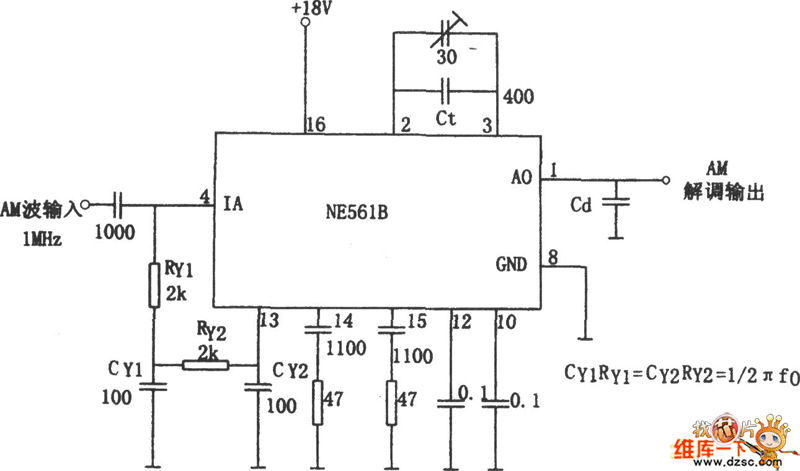
3170 IC For Telephone Remote Control Circuit

This circuit below shows a teleremote circuit that enables the switching on and off of appliances through telephone lines.
The teleremote circuit utilizes a telephone line as a medium for controlling electrical appliances from a distance. The primary components of this circuit include a telephone interface, a relay module, and the appliance to be controlled.
When a user makes a call to the designated telephone number associated with the teleremote circuit, the circuit detects the incoming call through the telephone interface. This is typically achieved using a hook switch or a dedicated telephone line interface IC. Upon detecting the call, the circuit may generate a signal to activate a relay, which is connected to the appliance.
The relay acts as a switch that can handle the high voltage and current required by household appliances. Depending on the design, the circuit may allow for toggling the state of the relay with either a single call or by detecting specific tones or DTMF (Dual-Tone Multi-Frequency) signals.
For enhanced functionality, the circuit can be designed to provide feedback to the user, such as an audible tone or a visual indicator (LED) to confirm that the appliance has been successfully turned on or off. Additionally, safety features may be incorporated to prevent unauthorized access or accidental activation of the appliance.
This type of circuit is particularly useful in home automation systems, allowing users to control appliances remotely without the need for specialized equipment beyond a standard telephone. The simplicity of utilizing existing telephone infrastructure makes it a cost-effective solution for remote control applications.This circuit bellow shows a teleremote circuit which enables switching ‘on and ‘off of appliances through telephone lines. Can be used .. 🔗 External reference
The teleremote circuit utilizes a telephone line as a medium for controlling electrical appliances from a distance. The primary components of this circuit include a telephone interface, a relay module, and the appliance to be controlled.
When a user makes a call to the designated telephone number associated with the teleremote circuit, the circuit detects the incoming call through the telephone interface. This is typically achieved using a hook switch or a dedicated telephone line interface IC. Upon detecting the call, the circuit may generate a signal to activate a relay, which is connected to the appliance.
The relay acts as a switch that can handle the high voltage and current required by household appliances. Depending on the design, the circuit may allow for toggling the state of the relay with either a single call or by detecting specific tones or DTMF (Dual-Tone Multi-Frequency) signals.
For enhanced functionality, the circuit can be designed to provide feedback to the user, such as an audible tone or a visual indicator (LED) to confirm that the appliance has been successfully turned on or off. Additionally, safety features may be incorporated to prevent unauthorized access or accidental activation of the appliance.
This type of circuit is particularly useful in home automation systems, allowing users to control appliances remotely without the need for specialized equipment beyond a standard telephone. The simplicity of utilizing existing telephone infrastructure makes it a cost-effective solution for remote control applications.This circuit bellow shows a teleremote circuit which enables switching ‘on and ‘off of appliances through telephone lines. Can be used .. 🔗 External reference




